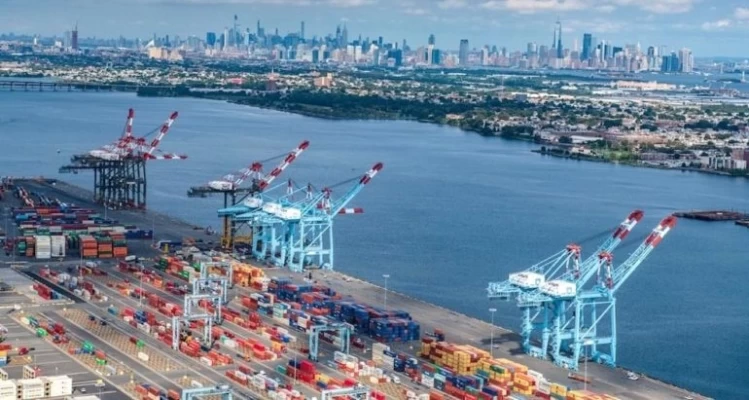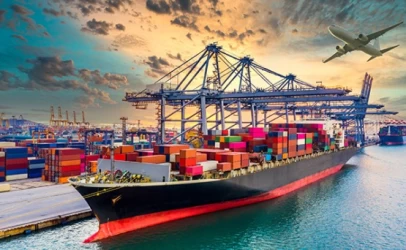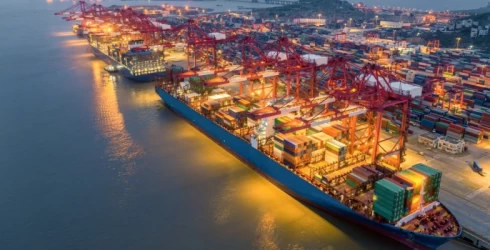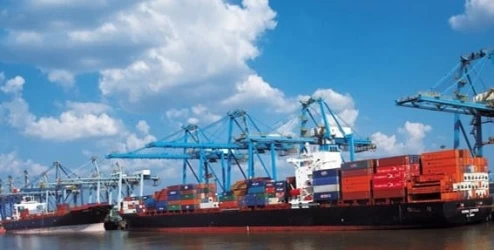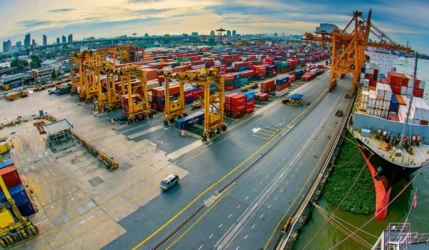Sea freight at the port of New York-New Jersey
The Port of New York-New Jersey is one of the largest and busiest ports in the United States, serving as a critical hub for international trade and maritime transportation. Strategically located on the East Coast of the United States, this port facilitates the movement of goods to and from global markets. This article explores the significance of the Port of New York-New Jersey in maritime transportation, its infrastructure, economic impacts, challenges, and future prospects.
Geographical Importance
The Port of New York-New Jersey is situated at the confluence of the Hudson River and the Atlantic Ocean, encompassing approximately 25 miles of waterfront. Its unique geographical location provides easy access to major metropolitan areas, including New York City and New Jersey. The port is within a short distance of about 38 million people, making it an ideal distribution point for imported goods to the Northeastern United States.
Port Infrastructure
The Port of New York-New Jersey boasts extensive and advanced infrastructure designed to facilitate various maritime activities. The port includes multiple container terminals, bulk facilities, and passenger terminals. The main container terminal, operated by the Port Authority of New York and New Jersey, has undergone significant investments to improve capacity and efficiency.
Equipped with modern cranes and advanced loading systems, the port is capable of processing millions of twenty-foot equivalent units (TEUs) annually. Additionally, it offers intermodal transportation options, including rail and truck services, ensuring easy connectivity for goods transported to domestic destinations.
Economic Impact
The Port of New York-New Jersey plays a vital role in the regional and national economy. The port acts as a major economic driver, supporting over 400,000 jobs and generating billions of dollars in annual economic output. It serves as a crucial entry point for imports, including consumer goods, machinery, and food products, contributing to the supply chain of various industries.
According to statistics from the Port Authority, the total value of exports and imports has recently exceeded $200 billion, highlighting the port's key role in global trade.
Challenges and Opportunities
Despite its successes, the Port of New York-New Jersey faces several challenges. One of the primary concerns is the need for further infrastructure development. With increasing trade volumes, the port may soon face capacity constraints, risking its ability to meet demand without additional investment. Moreover, upgrading port operations using new technologies, such as automated loading systems and real-time tracking, could enhance efficiency but require substantial financial investment.
Another challenge facing the port is environmental sustainability. Like many coastal regions, the Port of New York-New Jersey must manage the environmental impacts of maritime traffic. Solutions such as waste management, water pollution control, and sustainable development practices are essential to ensure that port growth does not harm the environment.
However, many opportunities exist for the Port of New York-New Jersey. Expanding facilities and improving infrastructure could make it a more attractive option for international shipping companies seeking alternative routes to bypass congested ports. Collaborating with other ports in the region could strengthen its position in regional trade networks.
Future Outlook
The future of the Port of New York-New Jersey appears promising, especially with the expected growth of international trade and the U.S. government's focus on port development. As demand for maritime transportation increases, this port is well-positioned to capture a larger share of the global shipping market. Plans for expanding container terminal facilities, increasing warehouse capacities, and improving transport links with inland areas will help the Port of New York-New Jersey respond to future demands.
Furthermore, the rise of the digital economy and e-commerce will create new opportunities for port services, as more goods require fast and efficient transportation. By embracing smart port technologies, New York-New Jersey can enhance its operational capabilities, provide better services to shipping companies, and ultimately increase its competitiveness in the global maritime industry.
Conclusion
The Port of New York-New Jersey is a key player in the maritime transportation sector of the United States. With its strategic location, modern infrastructure, and significant economic impact, the port will continue to play a vital role in international trade. Despite facing challenges such as capacity limitations and environmental issues, the opportunities for growth and development far outweigh the risks. With ongoing investment and sustainable practices, the Port of New York-New Jersey has significant potential for flourishing and taking on an even more important role in the global maritime industry.
If you have any specific questions or need further assistance, feel free to ask!

